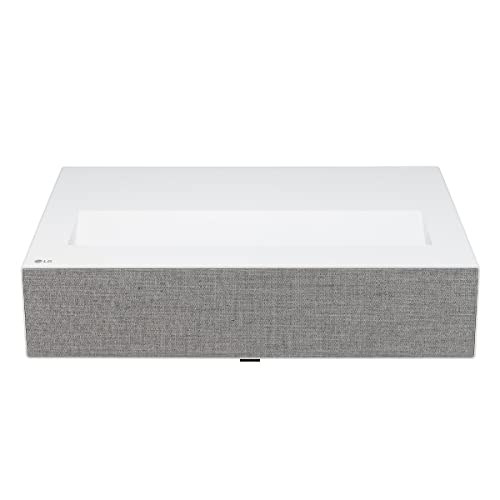This innovative approach transforms hazardous waste into a valuable resource, potentially offering a sustainable solution for powering small devices in challenging environments. Researchers at Ohio State University have made a groundbreaking achievement in energy technology by developing a battery that harnesses energy from radioactive nuclear waste to generate electricity.
Why it matters: The breakthrough represents a significant step in repurposing nuclear waste, addressing long-standing challenges in waste management while providing a new energy source for specialized applications.
Technical Details: The battery operates through a two-step conversion process:
- Scintillator Crystals: These high-density materials absorb gamma radiation from nuclear waste and emit light.
- Solar Cells: The emitted light is then converted into electricity by solar cells, similar to those used in solar panels.
The prototype battery, measuring about four cubic centimeters (the size of a sugar cube), was tested using two radioactive isotopes: cesium-137 (Cs-137) and cobalt-60 (Co-60). When exposed to Cs-137, the battery generated 288 nanowatts of power. In contrast, when using the more radioactive Co-60, the battery produced 1.5 microwatts of power, which is sufficient to operate tiny sensors or microelectronic systems.
“The nuclear battery concept is very promising,” said Ibrahim Oksuz, co-author of the study and an Ohio State mechanical and aerospace engineer. “There’s still lots of room for improvement, but I believe in the future, this approach will carve an important space for itself in both the energy production and sensors industry.”
Nuclear power plants generate about 20% of the electricity in the United States, producing minimal greenhouse gas emissions but significant amounts of radioactive waste. Managing this waste has long been a challenge due to its hazardous nature and the need for costly long-term storage.
The potential applications of these radiation-powered batteries are vast, particularly in environments already subjected to high levels of radiation, such as nuclear waste storage pools, nuclear systems for space exploration, and deep-sea missions. They offer a solution for powering microelectronics and sensors in areas where conventional batteries would quickly degrade and maintenance is nearly impossible.
While the technology is promising, further research is needed to determine the longevity and durability of these batteries in high-radiation environments. The high levels of radiation can gradually damage both the scintillator and the solar cell, highlighting the need for more durable, radiation-resistant materials.
Looking ahead, the scalability of this technology could carve an important space in both energy production and the sensors industry. However, scaling up would be costly unless the batteries could be reliably manufactured.
As global interest in nuclear energy grows amid climate change concerns, innovations like this battery technology could become increasingly important. These technologies address waste management challenges by transforming hazardous waste into valuable resources, although they are still in early development.




















